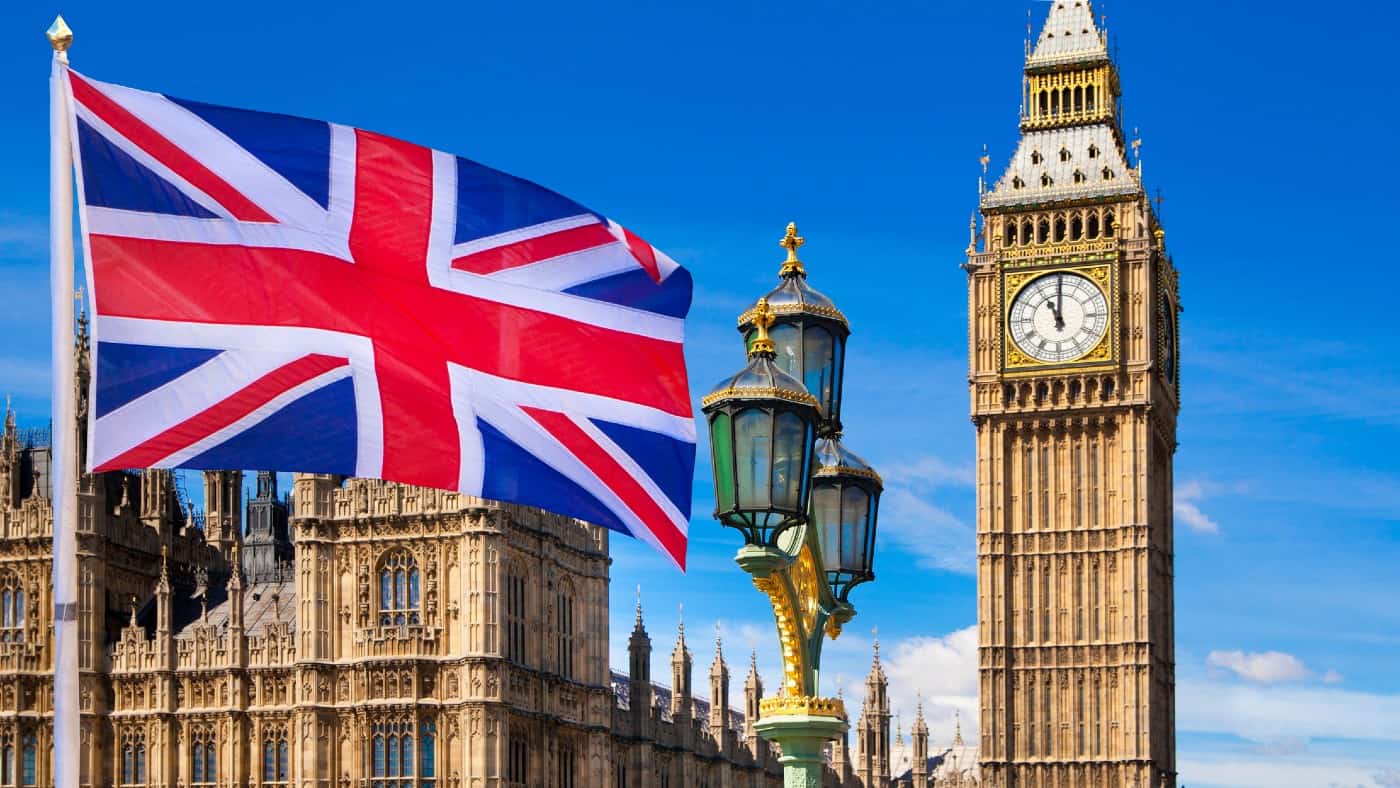When investing for income via FTSE 100 shares, there’s one thing I pay more attention to than the size of the dividend yield. It’s whether those lovely cash returns have been growing over the years.
You see, a rising payout suggests that a company is doing a great job of increasing profits while keeping its balance sheet in order.
Here are three examples.
Passive income stocks: our picks
Do you like the idea of dividend income?
The prospect of investing in a company just once, then sitting back and watching as it potentially pays a dividend out over and over?
If you’re excited by the thought of regular passive income payments, as well as the potential for significant growth on your initial investment…
Then we think you’ll want to see this report inside Motley Fool Share Advisor — ‘5 Essential Stocks For Passive Income Seekers’.
What’s more, today we’re giving away one of these stock picks, absolutely free!
BAE Systems
It’s perhaps surprising to learn that BAE Systems (LSE: BA.) is one of the most consistent ‘hikers’ in the UK market’s top tier. After all, spending in its sector has traditionally been pretty lumpy, considering the huge sums of money involved.
However, a long record of consistently raising its total payout year after year tells a different story. As things stand, analysts have the company yielding 2.9%. That’s pretty average. On the plus side, it does look very secure.
No prizes for guessing why. Seen purely from an investment perspective, the Russia/Ukraine conflict has succeeded in pushing nations to re-evaluate their budgets. This, in turn, has sent BAE’s share price into orbit.
Since a resolution to the war looks unlikely for now, I can see this payout rising again next year. In fact, the City already thinks a 7% increase is on the cards.
That said, a price-to-earnings (P/E) ratio of nearly 17 is punchy for BAE.
So while I think the income stream looks safe, I’m increasingly sceptical whether we’ll see more uplift in the share price.
Coca-Cola HBC AG
A second FTSE 100 share that can’t stop growing its payouts is bottling firm Coca-Cola HBC AG (LSE: CCH).
As evidence of this, the Swiss-based business returned 47p per share in 2017 (albeit based on current exchange rates). This year, that payout is expected to be 75p.
Like BAE, the yield here — at 3.3% — is decent, if unspectacular. However, this payout is usually covered at least twice by profit, meaning there’s a good chance of holders receiving this cash. Obviously, it can never be completely guaranteed.
One thing that does take the shine off however, is the performance of the shares. Anyone buying in five years ago will be sitting on a loss approaching 13%.
This doesn’t take into account the dividends paid since 2018 but it’s hardly a great result considering how well investors have done elsewhere.
I’d need to be confident of a turnaround here if I were to buy today.
Bunzl
Distribution and services firm Bunzl (LSE: BNZL) is yet another example of a boring blue-chip whose dividend credentials are anything but.
Its cash returns have been going the right way for decades. Even a Financial Crisis and a pandemic couldn’t hold things up.
Notwithstanding this, the dividend yield is, again, pretty average. Indeed, 2.4% is lower than I’d get from a FTSE 100 index tracker. So is it worth taking on the company-specific risk that comes from buying shares here?
I think it might be, so long as I make a point of staying diversified. Even though it pays a higher yield as things stand, the FTSE 100 now trades almost exactly where it did five years ago.
By contrast, Bunzl stock is up 20%. The return would be even better if the cash returned to holders during this period had been reinvested!








